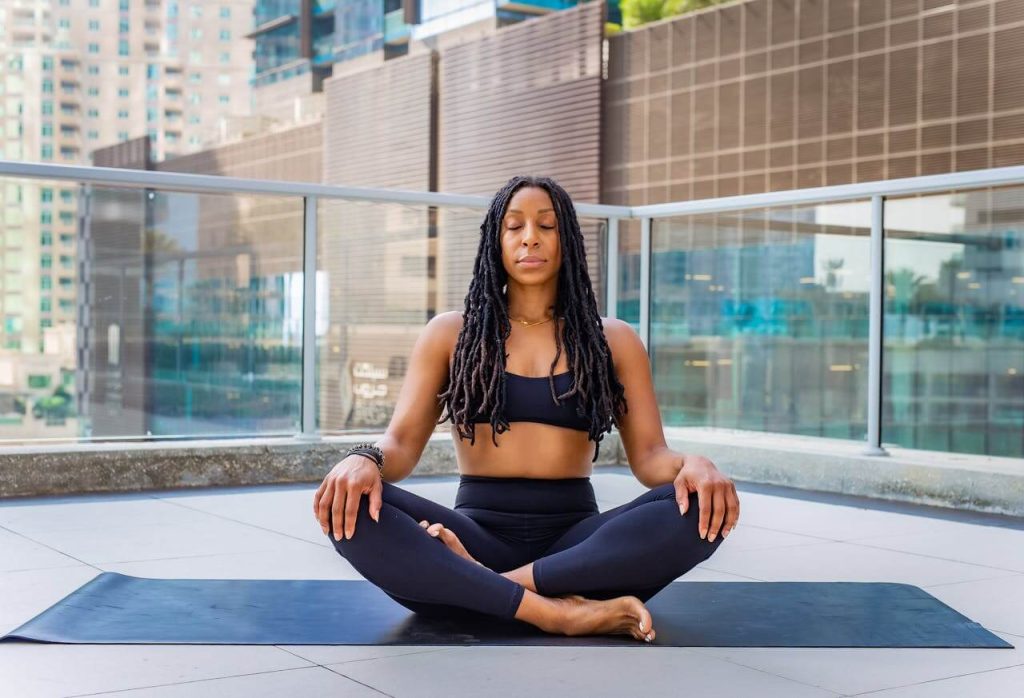Learn how to meditate properly with this complete beginner-friendly guide. Discover step-by-step techniques, tips, and the best practices for a mindful life.
Overview: What You’ll Learn in This Blog Post
In this comprehensive blog post, you’ll discover everything you need to know about how to meditate correctly. Whether you’re new to mindfulness or have tried meditating a few times before, this guide breaks down the key principles and best practices to ensure you get the most from your meditation sessions.
You’ll learn:
- The real meaning of meditation
- Common mistakes beginners make
- Step-by-step instructions on how to meditate properly
- How to create the ideal meditation environment
- Techniques for staying consistent with your practice
Introduction: Why Meditation Matters
In today’s fast-paced world, finding moments of calm is more important than ever. Meditation is one of the most powerful tools for reducing stress, improving focus, and nurturing emotional well-being. But many people give up too early because they don’t know how to meditate correctly.
At Mindfulness Meditation Hub, we help you establish a strong foundation in mindfulness with professional guided practices and resources designed for beginners and experienced meditators.
What Does It Mean to Meditate Properly?
Meditating properly doesn’t mean achieving a “blank mind” or sitting still for hours. Instead, it’s about being present with your thoughts, sensations, and breath without judgment. When done correctly, meditation can:
- Lower blood pressure
- Improve concentration
- Reduce anxiety and depression
- Increase self-awareness and empathy
So, learning how to meditate properly is not about perfection but consistency and the right approach.
Common Mistakes Beginners Make
Before diving into the proper technique, let’s look at what not to do:
- Expecting instant results: Meditation is a long-term practice.
- Being too hard on yourself: Thoughts will arise—it’s part of the process.
- Skipping the setup: Your environment matters more than you think.
- Overcomplicating the process: Simplicity is key when starting.

Step-by-Step Guide: How to Meditate Properly
Step 1: Choose a Quiet, Comfortable Space
Start by selecting a spot where you won’t be disturbed. This helps create a calm and consistent practice environment.
Tips:
- Turn off notifications
- Use a cushion or chair
- Dim the lights or use natural light
Step 2: Set a Timer (Start Small)
If you’re a beginner, start with 5–10 minutes. You can gradually increase the time as your focus improves.
Recommended Timer Apps:
- Insight Timer
- Calm
- Headspace
- Our free guided sessions at Mindfulness Meditation Hub
Step 3: Sit with a Straight Spine
Posture matters. Sit comfortably but with a straight back. This encourages alertness and reduces strain.
Options:
- Cross-legged on a cushion
- On a chair with feet flat on the ground
- Hands resting on your lap
Step 4: Focus on Your Breath
Your breath is your anchor. Notice the inhalation and exhalation without trying to control it.
Try This:
- Inhale slowly for 4 seconds
- Hold for 2 seconds
- Exhale for 6 seconds
If your mind wanders (and it will), gently return your focus to your breath. This is how to meditate properly without judging yourself.
Step 5: Observe Your Thoughts
You don’t need to “stop” thinking. Just observe your thoughts as they come and go—like clouds in the sky.
When you catch yourself caught in a thought, note: “thinking” and return to your breath.
This act of noticing without reacting is at the heart of how to meditate correctly.
Advanced Techniques to Deepen Your Practice
Once you’re comfortable with the basics, you can explore more advanced forms of meditation:
1. Body Scan Meditation
Gently move your awareness from head to toe, relaxing each part.
2. Loving-Kindness (Metta) Meditation
Send goodwill and compassion to yourself and others.
3. Mindful Walking
Turn walking into a meditative practice by focusing on each step and breath.
These techniques build resilience, awareness, and inner calm—reinforcing how to meditate properly beyond just sitting in silence.

Creating a Daily Meditation Habit
Consistency is key. Here’s how to build a sustainable practice:
- Schedule it: Same time every day (morning is ideal)
- Track progress: Use a meditation journal
- Use guided sessions: Join our platform for daily audio guidance
- Celebrate small wins: Even 3 minutes counts!
Benefits of Meditating Properly
When you know how to meditate correctly and practice consistently, you unlock powerful benefits:
At Mindfulness Meditation Hub, we help you access these benefits through guided meditations and expert resources designed to meet you where you are.
Meditation FAQs
How long should I meditate per day?
Start with 5–10 minutes daily. Gradually aim for 15–30 minutes for deeper results.
Do I need to sit cross-legged to meditate properly?
No. Comfort is more important. Sit in a way that keeps you alert and relaxed.
Is guided meditation effective?
Yes, especially for beginners. It’s one of the most effective ways to learn how to meditate properly.
Can children learn to meditate properly?
Absolutely. We offer kid-friendly sessions to build focus and calm from a young age.
Final Thoughts: Start Where You Are
Meditation is a skill—like any skill, it takes patience and practice. If you’re wondering how to meditate properly, remember: the most important thing is to start. Don’t wait for the “perfect moment” or the “right mindset.” Just show up, breathe, and be kind to yourself.
With consistent effort and the proper guidance, you’ll notice profound shifts in your awareness, well-being, and inner peace.

